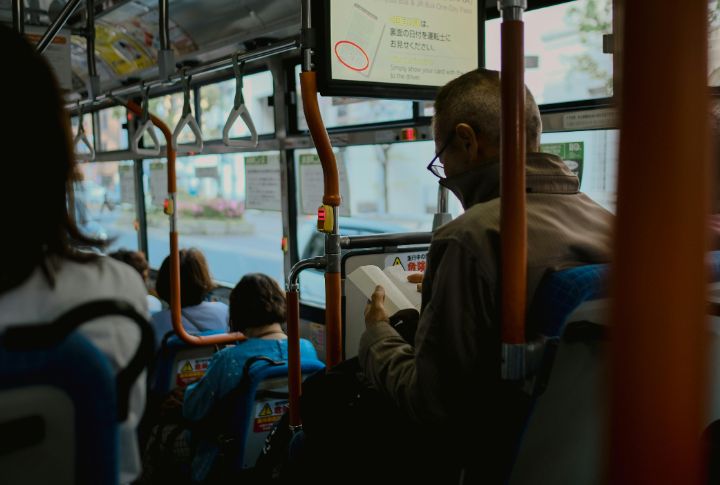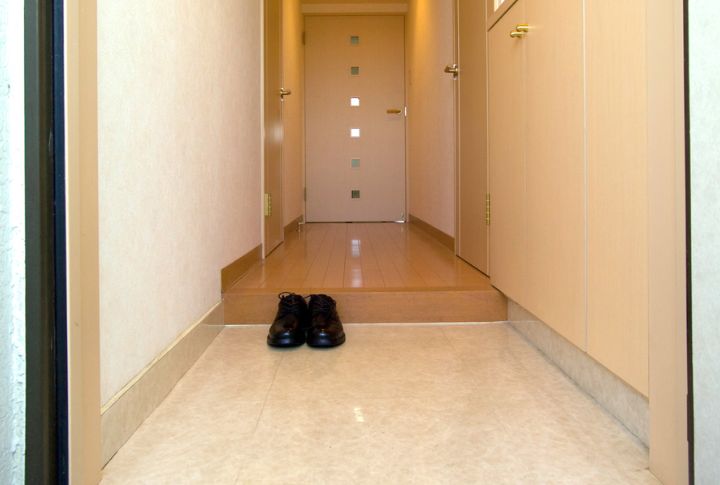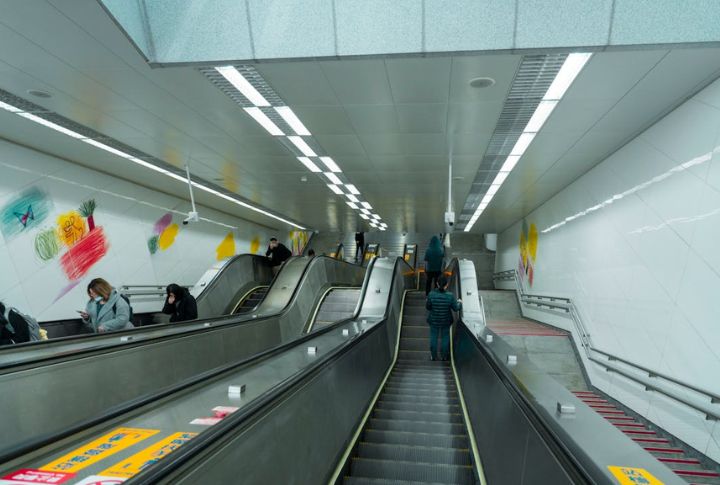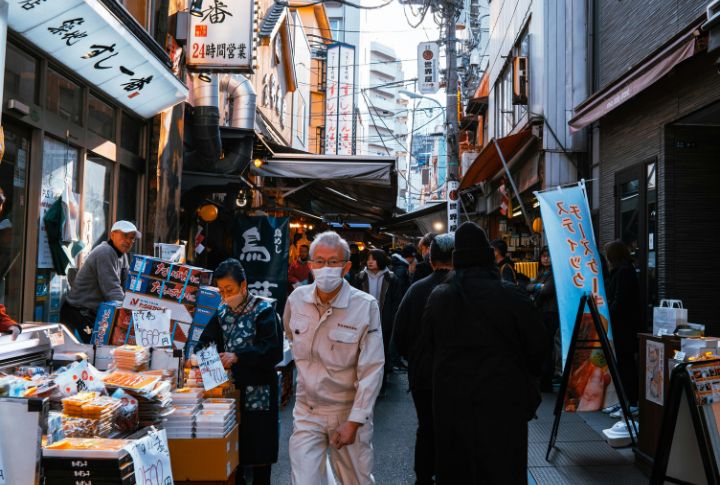
Even two developed nations can structure daily life in surprisingly different ways. What’s routine in Japan can feel rare in the U.S., and the reverse is also true. The details may be small, but the contrast is clear. So, here are 10 everyday moments that show how the cultural habits of both countries are quietly diverging.
Public Space Etiquette

In Japan, public transportation mostly stays quiet. Riders avoid phone calls and keep conversations subdued. Speaking loudly in public is even perceived as disruptive, and social etiquette generally favors minimizing personal noise. By contrast, American spaces tend to be more relaxed, where open conversations and background music are part of the environment.
Tipping

Diners in Japan don’t tip. The bill reflects the full amount, and gratitude is shown through respectful phrases and a slight bow upon leaving. In many parts of the U.S., however, tipping is a frequent practice as it makes up for low base wages in service jobs. Failing to tip isn’t just frowned upon, but it also directly impacts a worker’s income.
Trash Sorting

A clear bag of trash filled with the wrong items might be left behind at the curb in Japan, marked with a note asking for correction of its contents. This is because their system includes color-coded charts posted near buildings and strict pickup schedules by category. Most U.S. cities allow simpler, more flexible disposal, where trash is collected without strict separation.
Meals Approach

In Japan, meals are typically reserved for seated, intentional moments. Even a bowl of noodles is treated with great care and focus. In the American context, quick bites at the desk and snacks in transit are everyday sights. Eating frequently also fits around other tasks, rather than interrupting them.
Shoe Custom

Step inside a Japanese home, and the first action is automatic: take off your shoes and put on slippers. Entryways are designed for that transition, with designated areas for outdoor footwear. American households approach it less uniformly, with the practice varying by region and habit. In fact, many homes aren’t built with a clear space for removing shoes.
Customer Service

Precision drives customer service in Japan. Set phrases and uniform posture further shape each interaction, regardless of the situation. Once the exchange begins, personal variation is minimized. In contrast, U.S. service culture often emphasizes friendliness and flexibility, encouraging employees to bring personality into their interactions.
Escalator Etiquette

In Japan, escalators have an unspoken rule: stand on one side and walk on the other. The pattern changes by region but is followed consistently across the country. In the U.S., behavior is more unpredictable. Some stand still, others walk, and few seem unsure about what is expected.
Use Of Cash

Despite having an advanced technological infrastructure, Japan continues to rely heavily on cash for daily purchases. Many small businesses and restaurants prefer bills over cards or digital payments. On the other hand, card and contactless options are standard across the United States. Some American stores even refuse cash entirely, treating it as an outdated form of payment.
Personal Boundaries

Close contact rarely happens without context in Japan. People maintain space in elevators and even in conversation. Physical closeness carries unspoken rules. This differs from the United States, where greetings regularly involve physical gestures like handshakes or pats on the back, and standing close is rarely seen as intrusive.
Apologizing And What It Means

Politeness in Japan often begins with an apology. You’ll often hear “sorry” tossed around, just for squeezing into a crowd or walking by someone’s line of sight. It’s less about guilt than social awareness. In the American context, apologies tend to signal personal responsibility rather than maintain group harmony.
